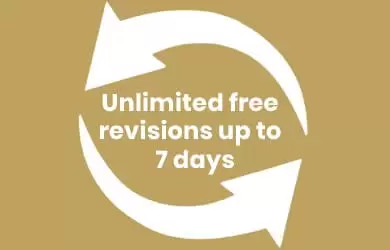Advocacy Assignment
(Two-Part Assignment: Due by Oct 9 & Dec 4)
In a representative democracy form of government like we have in the United States, citizens elect policymakers at the local, state and federal level to represent their interests. As such, elected officials have a duty to be responsive to the needs of their constituents.
This semester, you will step into the role of an “unofficial actor” in the public policy making process at the local, state or federal level of government and evaluate the responsiveness of one of your elected officials. The first part of the assignment requires you to prepare a letter to one of your *elected representatives. It can be about a current policy/bill under consideration or a general policy concern that is specifically within that elected official’s jurisdiction (i.e. you would contact your city council representative or Mayor regarding concerns with homelessness, public safety or issues about a local park/street etc., but would not contact a city councilmember regarding immigration issues as those are policy decisions under the jurisdiction of Congress). Please email me if you want to ensure your policy issue is being addressed to the correct representative.
Part I: Draft a letter to one of your elected officials (city, county, state or federal) about a current policy/bill under consideration OR a policy concern that is in that government’s jurisdiction. See the attachments for a template (writing guide) and a writing sample. The assignment will be graded on your ability to choose the appropriate elected official and policy issue and writing quality (clarity and persuasiveness). Part I of the assignment is due by Sunday, Oct 9. As soon as you receive my feedback when the assignment is graded (and edit if major changes are suggested) you will email the correspondence to that elected official’s office or use the submission feature on that elected official’s website.
Part II: After (hopefully) receiving a response from that elected official’s office, you will provide a copy of the response and prepare a one or two paragraph (informal) analysis which includes: 1) Your critical review of the *elected official’s responsiveness to your concern – both in timeliness and addressing your specific concern; and 2) Any takeaways you want to share from the experience (i.e. convenience of a feature to contact an official directly through his/her website, observations that you started receiving unsolicited correspondence from the office; future opportunities you may take to get involved in the policymaking process etc). Part II can be turned in anytime during the semester after you are contacted by the elected official but no later than Sunday, Dec 4, 11:59 pm.
*NOTE: If you do not receive a response by the due date, you will not be penalized. For the second half of the assignment, please substitute the above instructions with a one paragraph critique of the elected official’s action in not responding to a constituent’s concern in a timely manner and how you believe this reflects on the elected official and his/her office.
*If you are not from San Diego, you could contact a representative from your hometown. If contacting a federal or state representative, you should use your permanent address and contact the appropriate official or they will likely not respond or refer the correspondence out of “legislative courtesy” to your representative. If you need help finding your elected representative, try your Registrar of Voters website. For San Diego County residents, go to sdvote.com. Click on “I want to.” Look for the “Find” Column and click on “My Districts/Representatives.” Insert the address of your residents and each of your elected representatives will be identified.
























